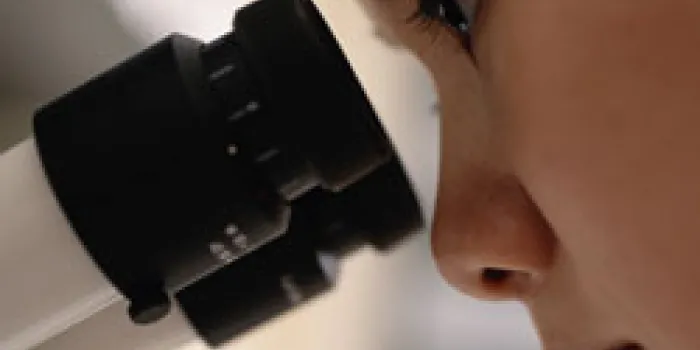In December 2007, the journal Science published the first clear evidence that reprogrammed stem cells can correct an inherited disease. The study is the most recent in an increasing number of experiments that reprogram adult skin cells so they are capable of growing into any type of tissue in the body. In the study, researchers reversed sickle cell anemia in mice by modifying their skin cells with retroviruses. This rewound the skin cells to an embryonic state and created healthy replacement tissue.
This successful experiment emphasizes the potential of induced pluripotent stem cells (iPS), a new class of reprogrammed adult cells that can be studied without the social and ethical issues faced in embryonic stem cell research. To reprogram the cells, the researchers turned on four genes that are dormant in adult cells but active in days-old embryos. Once those genes were activated, the cells lost the characteristics of skin cells and behaved like embryonic stem cells, changing into precursors of bone marrow adult stem cells. The cells were then modified by physically rearranging two strands of DNA to replace the sickle cell gene. After that they were transplanted back into the mice to generate healthy blood cells. Because the reprogrammed cells are taken from a patient’s own cells, there is little risk of tissue rejection.
The strategy should work to treat dozens of genetic blood diseases, including hemophilia. “Our knowledge is still limited in terms of differentiating embryonic stem and iPS cells into various tissues, including the functional liver cells that would be required to try and treat hemophilia. But I am personally optimistic—I believe that the current obstacles are purely technical and we will see a lot of progress in the next two years,” says Jacob Hanna, MD, PhD, of The Whitehead Institute for Biomedical Research in Cambridge, Massachusetts, and lead author on the study.
Researchers took cells from the tail of a 12-week-old mouse with sickle cell anemia, which results from a defect in one gene, and used viruses to turn on the four dormant genes. One of these genes, c-Myc, can cause tumors. After the cells had completed their transition back to an embryonic state, the investigators deleted it. When the cells were ready, they were transplanted into three mice with sickle cell anemia that were genetic copies of the donor mouse. Twelve weeks later, the mice were producing blood cells that were free of the sickle cell mutations. Four months after treatment, no tumors had been detected.
The technique is still years away from being used to treat people, according to the investigators. Researchers need to find a way to reprogram adult cells without using and disrupting genes and viruses that could cause cancer and other problems. Also, more animal studies need to be done.
“Supporting human embryonic stem and iPS cell research and removing restrictions will be crucial to achieving the cure of inherited diseases like hemophilia,” says Hanna.

